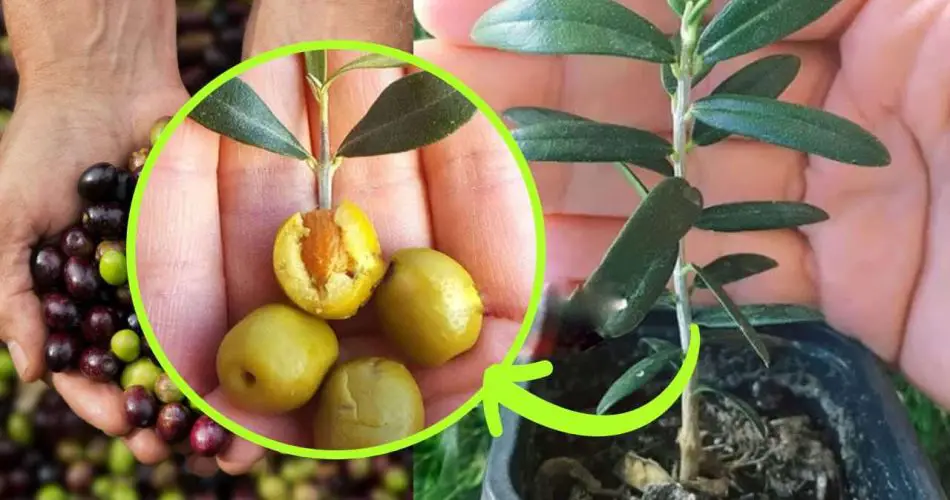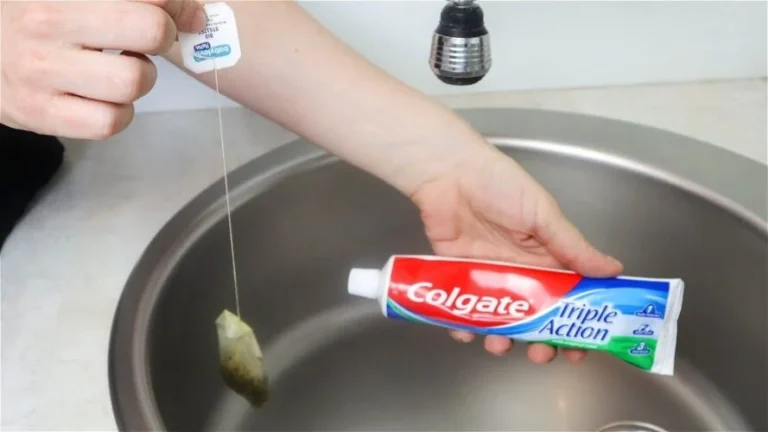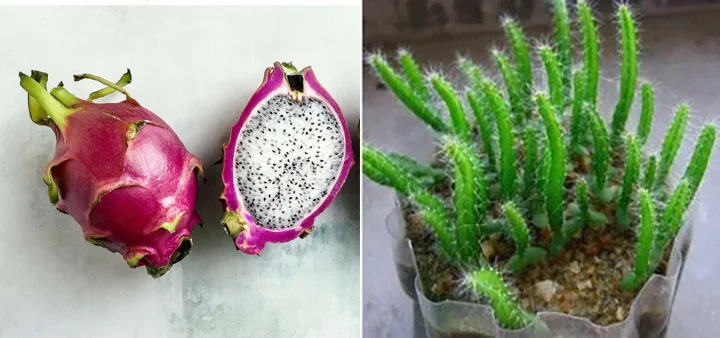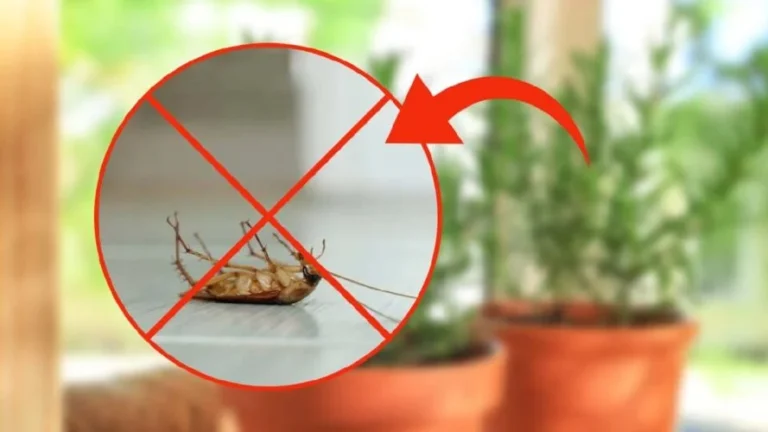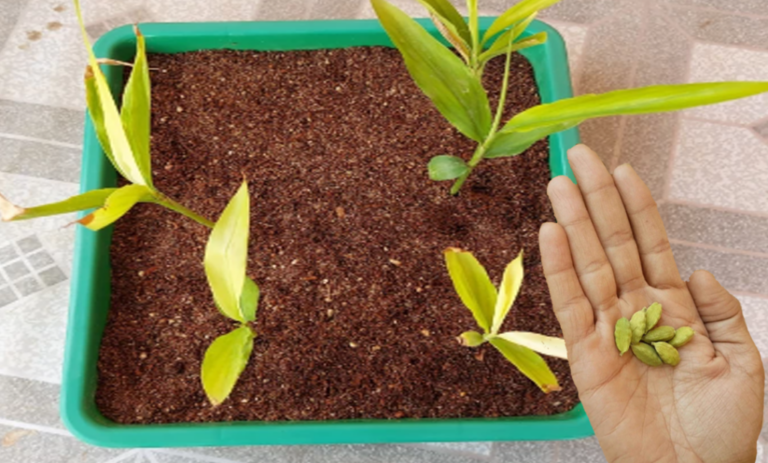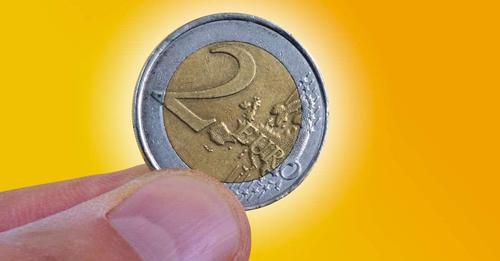Olive tree in a pot, here is the technique to grow it at its best: strong and leafy
Olive tree in a pot, here is the technique to grow it at its best: strong and leafy
The olive tree can be grown anywhere, even in pots, but there are some rules to follow to obtain great results in a short time.
First of all, you have to place the plant away from the winds, especially if they are cold winds. Then it should be placed in a place exposed to the Sun, it is advisable to choose a point where the Sun arrives from the South.
However, regarding winter, during this season it is necessary to move the plant closer to the wall, or window, so that it is protected and exposed more to the heat that helps it grow better.
Fertilization is therefore essential and must be practiced during the flowering period with irrigation. The fertilizer is administered together with water, so it is recommended to use a liquid fertilizer.
Irrigation, here we explain how and when to do it in all seasons of the year
Speaking of watering , compared to all other plants that are kept in the ground, that is, in the garden. The potted olive tree needs much more water because the roots have a limited substrate that dries out quickly.
In autumn, the potted olive tree needs less water, so you can even avoid giving the plant water and start watering it again in spring. In spring it should be watered once every two or three weeks, in summer once a week, while in autumn only once a month.
The important thing is to remember that between one watering and another, whether in autumn, spring or summer, you must check the soil to see if the water has been completely absorbed or remains. This is because stagnant water can be deadly for this plant as for many others.
Pruning the olive tree in a pot
So pruning is also essential. Pruning is important because it maintains the growth of the olive tree. What you have to do is cut the branches promptly, trying to keep the appearance of the plant improved in every way. In addition, pruning must be carried out to maintain the correct height of the plant, which should not be too high or too low.
Then you can even proceed by giving the plane a shape, this can be conical and cylindrical, conical or cylindrical. The important thing is to always maintain the same shape of the plant, from the first pruning carried out by the operator. In general, it is important to know that pruning should be done in a way that tilts the plant downwards to allow optimal drainage of the plant with rainwater and prevent fungi from taking root.
After the first pruning, therefore during subsequent interventions, it is only necessary to cut the branches so that they protrude so as not to form excessively vigorous branches. Therefore, it is advisable to start from the top and work your way down.
Olive trees in soil and in pots, here are the dangerous parasites
Regarding the difference between olive trees in soil and those in pots, it is important to say that those in pots cannot produce fruit. So the purpose of cultivation cannot be this. However, this does not mean that they can consider themselves immune to diseases. For example, field olive trees can become diseased due to the olive fly, also called fruit fly.
Otherwise, potted olive trees can be attacked by another parasite called mealybug. To know if the plant has been attacked, it is necessary to observe its leaves. If they have dried out, if they fall off on their own prematurely, then the answer is yes. In addition, as if that were not enough, this type of olive tree can also fall prey to fungi. That’s why we recommend using a copper product that keeps them away. Copper-based products are useful for prevention.
